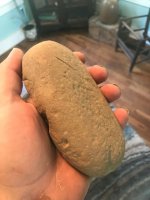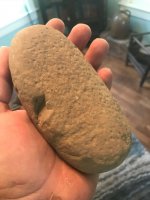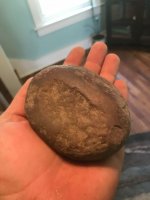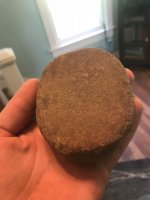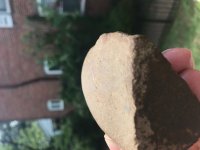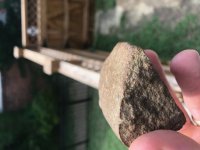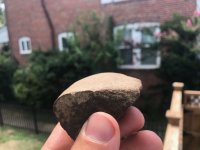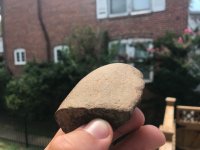Huzzah!
Sr. Member
Found this at a recently discovered knapping site. Is there any significance here?
One side is much smoother than the others. At first I thought it was broken, but the broken edge is worn down on the ground-down side which indicates the item had to have been used after it had been broken. The other edges of the broken edge are significantly sharper and not ground or worn at all.
Thoughts and opinions please.
This side appears to be ground.
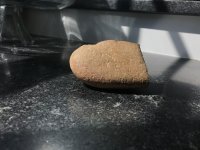
This is the other side that is clearly not as worn as in the first photo
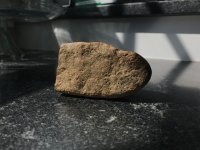
Another shot of the worn face.
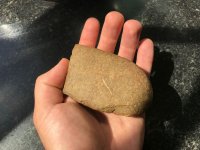
These two final photos show the broken edge where it has been ground down post-break. This is best exhibited in the first photo.
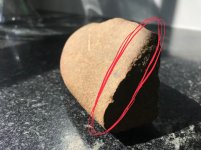
This final photo shows a good view of the broken side's edges that are not ground and how far up the broken edge that has been ground goes.
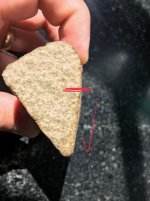
One side is much smoother than the others. At first I thought it was broken, but the broken edge is worn down on the ground-down side which indicates the item had to have been used after it had been broken. The other edges of the broken edge are significantly sharper and not ground or worn at all.
Thoughts and opinions please.
This side appears to be ground.

This is the other side that is clearly not as worn as in the first photo

Another shot of the worn face.

These two final photos show the broken edge where it has been ground down post-break. This is best exhibited in the first photo.

This final photo shows a good view of the broken side's edges that are not ground and how far up the broken edge that has been ground goes.

Last edited:
Upvote
0


